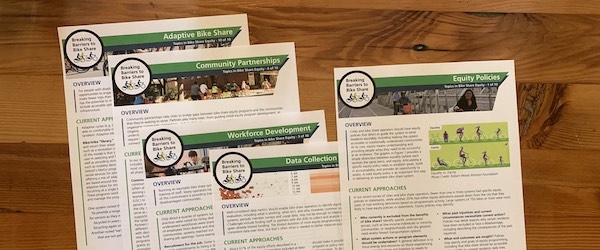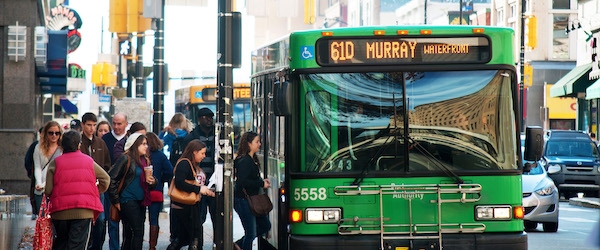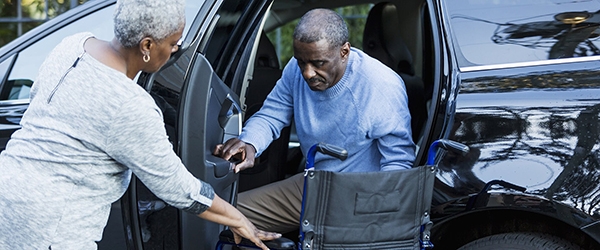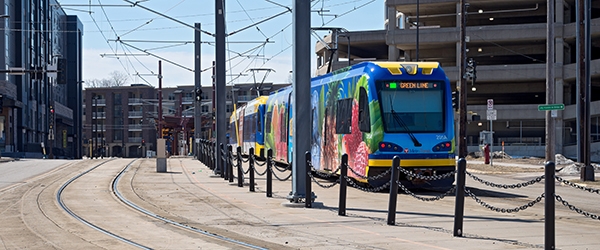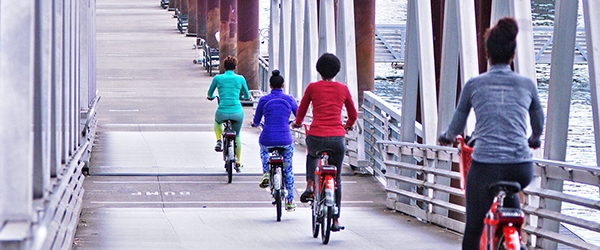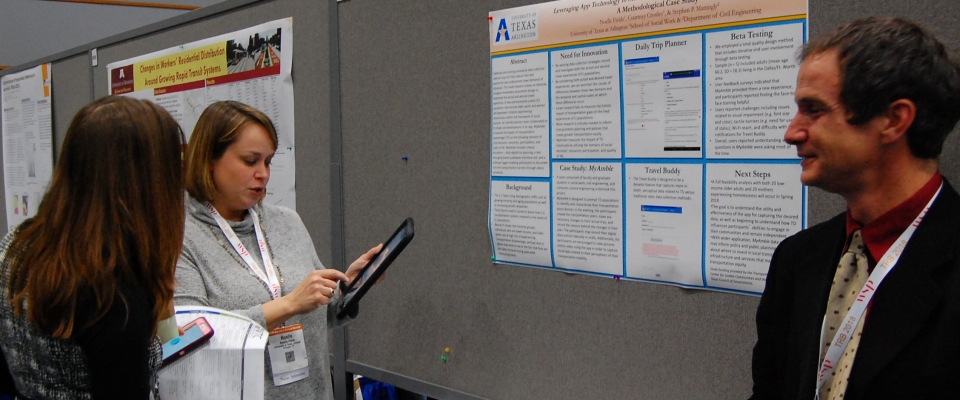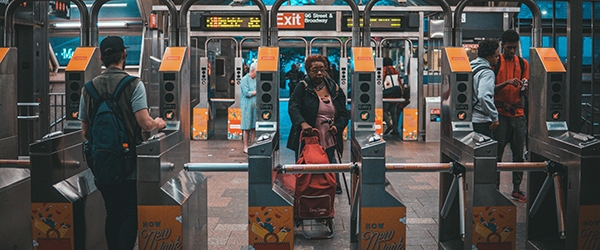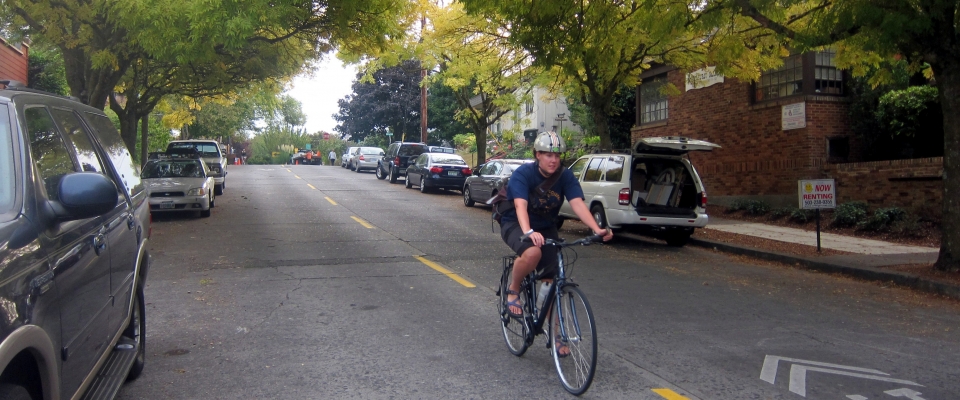Last year, Portland State University’s Transportation Research and Education Center (TREC) released a 130 page evaluation comparing equity-oriented programs from over 70 U.S. bike share systems across the U.S. Bike share being a relative newcomer to the transportation system, the research team was not surprised to find that approaches to equity programs ranged widely. In the latest installment, funded by the Better...
Read moreImage by Luije/iStock
Authored by Aaron Golub Director and Associate Professor, Nohad A. Toulan School of Urban Studies and Planning at Portland State University. Join Aaron and John MacArthur on May 22nd for a PSU Friday Transportation Seminar sharing early results from the research presented here.
With many transit agencies across the country1 eliminating cash handling at ticket counters and on-board vehicles for obvious health and virus transmission reasons, one may wonder: who will be negatively impacted by this?
Some riders can still use cash at ticket vending machines or at certain retail outlets, but for many, depending on where they live and which parts of the transit system they ride, this will be inconvenient. National data2 show clear disparities3 in access to alternatives to cash (credit and debit accounts) as well as the other tools needed to pay for things electronically (smartphones, cell data plans and internet at...
Read moreIn the last twenty years, the population increased over 100% in Collin County...
Read more- Download the Project Brief (PDF)
- Read "The experience of transportation to visit a Nursing home resident: a case study" published in the May 2020 issue of Social Work in Health Care
Older adults who live in nursing homes are at an increased risk for depression and anxiety, and research has shown that social...
Read moreTorrey Lyons, University of Utah
- Download the Final Report (PDF)
- Download the Project Brief (PDF)
- Join us on Sept. 19th at Portland State to hear Dr. Lyons’ talk on “The Effects of Transit and Compactness on Regional Economic Outcomes”
Transit agencies often focus on ridership as a primary measure of performance: If enough people are riding transit, then the system is a success. But who are those riders, and why is volume the benchmark?
This viewpoint can skip over an important aspect of a transit agency’s function; that is, providing opportunity to...
Read moreAmy Lubitow and Julius McGee, Portland State University; Raoul Liévanos, University of Oregon
- Download the Final Report (PDF)
- Download the Project Brief (PDF)
- Hear from the researcher—Register to attend the TCS2019 session "Fair and Accurate Data: Equity-informed Approach to Representation"
What is the quality of travel data for...
Read moreThis week, Portland State University’s Transportation Research and Education Center (TREC) releases a new research report comparing equity-oriented programs across several U.S. bike share systems. The research finds a variety of methods in place, ranging from affordability to internal hiring practices and beyond. The report is assisted by Toole Design...
Read moreThe latest NITC report explores strengthening collaboration between disciplines, to build a transportation system that better serves everyone.
Transportation planners and engineers often struggle to serve at-risk communities and environmental justice (EJ) populations. EJ populations can include older adults, people with low income, low socioeconomic status, racial and ethnic minorities, and individuals with disabilities—all groups who are at an increased risk for transportation disadvantage. Evidence of these struggles manifest as unequal transportation system outcomes related to access and opportunity.
... Read moreAs transit agencies modernize their fare payment systems, opportunities to pay with cash diminish. This speeds boarding and lowers the cost of operations, while also creating new sources of ridership data. Arguably, service is improved for riders as well, where payment systems work across modes, and in some cases different transit providers, creating a more seamless and simplified experience. Still, about 15% of adults in the United States are without a bank account or credit card, and many rely on restrictive cell-phone data plans or don’t have access to a smartphone. These shares are even higher for public transit users. As transit fare technologies move further from cash, these digitally-excluded riders will find it more difficult to conveniently pay their transit fares.
In the latest project to be funded under the National Institute for Transportation and Communities (NITC)'s Pooled Fund grant program, researchers from...
Read morePortland, Oregon's 2035 Comprehensive Plan calls for “City Greenways” - a citywide network of park-like streets focused on moving pedestrians and bicycles safely. Such a connected network of safe, welcoming active transportation options could have significant benefits for residents—but which residents?
Benefits of bike and pedestrian infrastructure include environmentally sustainable transportation, livability, and improvements in economic development and public health. While these outcomes are well documented, it is also known that both transportation and...
Read more
